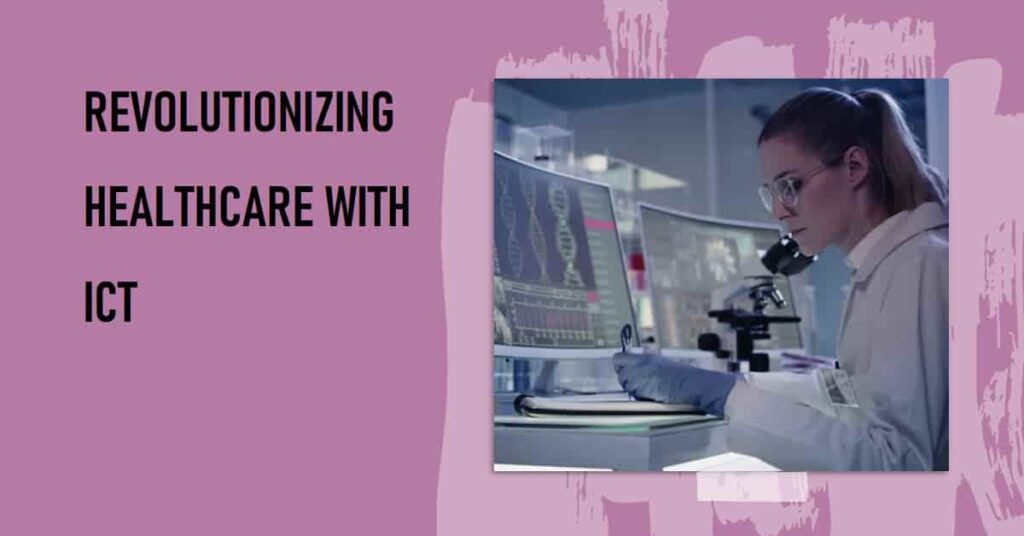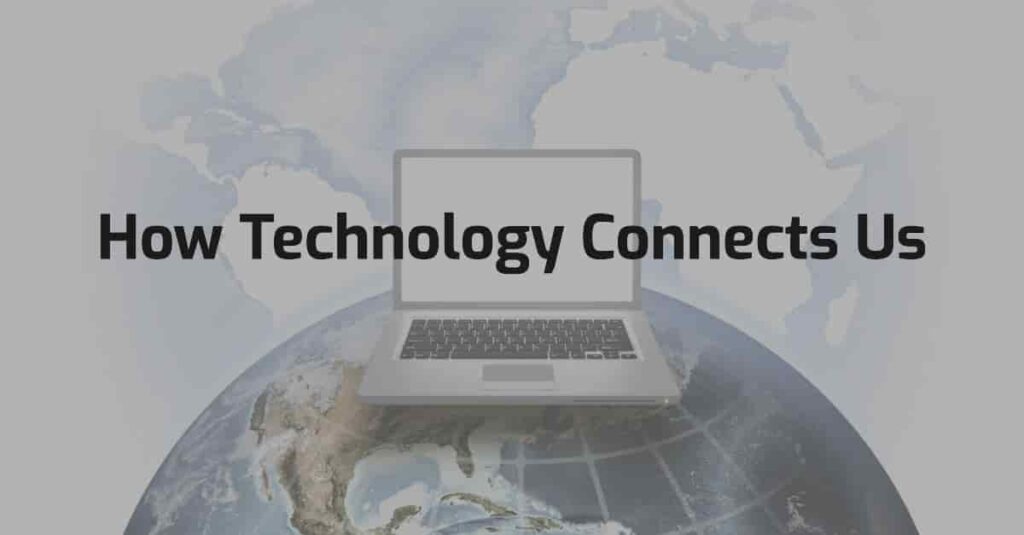The Importance of ICT in Healthcare
The Importance of ICT in Healthcare: Innovations Improving Patient Care
In recent years, Information and Communication Technology (ICT) has become a cornerstone in the healthcare industry. From improving patient outcomes to streamlining administrative processes, ICT innovations are transforming healthcare delivery. This blog explores the pivotal role of ICT in healthcare and highlights key innovations that are enhancing patient care.

Electronic Health Records (EHRs)
Electronic Health Records (EHRs) have revolutionized the way patient information is stored and accessed. EHRs provide a digital version of patients’ paper charts, making data instantly available to authorized healthcare providers. This accessibility improves the accuracy and efficiency of diagnoses and treatments, reduces errors, and facilitates better coordination among healthcare teams.
Telemedicine and Telehealth
Telemedicine and telehealth have surged in popularity, especially during the COVID-19 pandemic. These technologies allow patients to consult with healthcare providers remotely, using video conferencing tools. Telemedicine improves access to care for patients in remote or underserved areas, reduces travel time, and lowers the risk of infectious disease transmission.
Embracing the Future of Healthcare with Valdymas:
Valdymas’s telemedicine app revolutionizes the way patients access healthcare services. By enabling remote consultations, patients can receive medical advice and treatment from the comfort of their homes. This is particularly beneficial for those living in rural or undeserved areas where access to healthcare facilities may be limited. The convenience of telemedicine also encourages patients to seek medical help promptly, reducing the risk of complications from delayed care
With Valdymas’s telemedicine app, continuous patient monitoring and follow-up become seamless. The app allows for regular virtual check-ins, ensuring that patients adhere to treatment plans and manage chronic conditions effectively. This continuous engagement leads to better patient outcomes, as healthcare providers can promptly address any issues that arise.
Mobile Health (mHealth) Apps
Mobile health applications, or mHealth apps, empower patients to take control of their health. These apps offer various functionalities, such as tracking fitness activities, monitoring chronic conditions, reminding patients to take medications, and providing access to medical information.
Health Information Exchange (HIE)
Health Information Exchange (HIE) systems enable the secure sharing of patient information across different healthcare organizations. HIE improves the continuity of care by ensuring that healthcare providers have access to complete and up-to-date patient records, regardless of where the care is delivered.
Wearable Health Technology
Wearable health devices, such as smartwatches and fitness trackers, collect real-time health data, including heart rate, physical activity, and sleep patterns. These devices help patients and healthcare providers monitor health metrics continuously, enabling early detection of potential health issues and more personalized care plans.
Robotics in Surgery
Robotic surgery systems enhance precision, flexibility, and control during surgical procedures. Surgeons can perform complex procedures with minimal invasiveness, leading to reduced pain, faster recovery times, and lower risk of complications. Robotic surgery exemplifies how ICT can directly improve patient care.
Conclusion
ICT innovations are playing a crucial role in advancing healthcare by improving patient outcomes, increasing efficiency, and enhancing access to care.
Valdymas’s commitment to leveraging advanced technology to meet the needs of both patients and healthcare providers highlights the transformative power of ICT. As we continue to embrace these innovations, the future of healthcare looks brighter than ever, with telemedicine playing a pivotal role in ensuring accessible, efficient, and high-quality care for all.
Reference
HealthIT.gov. (2021). Benefits of EHRs. HealthIT.gov
American Telemedicine Association. (2020). Telemedicine’s Impact on Healthcare Quality and Cost. americantelemed.org
National Center for Biotechnology Information. (2019). Robotic Surgery: A Current Perspective. ncbi.nlm.nih.gov
Journal of Medical Internet Research. (2018). Wearable Devices in Medical Internet of Things: Scientific Research and Commercially Available Devices. jmir.org
Office of the National Coordinator for Health Information Technology. (2019). Health Information Exchange.



